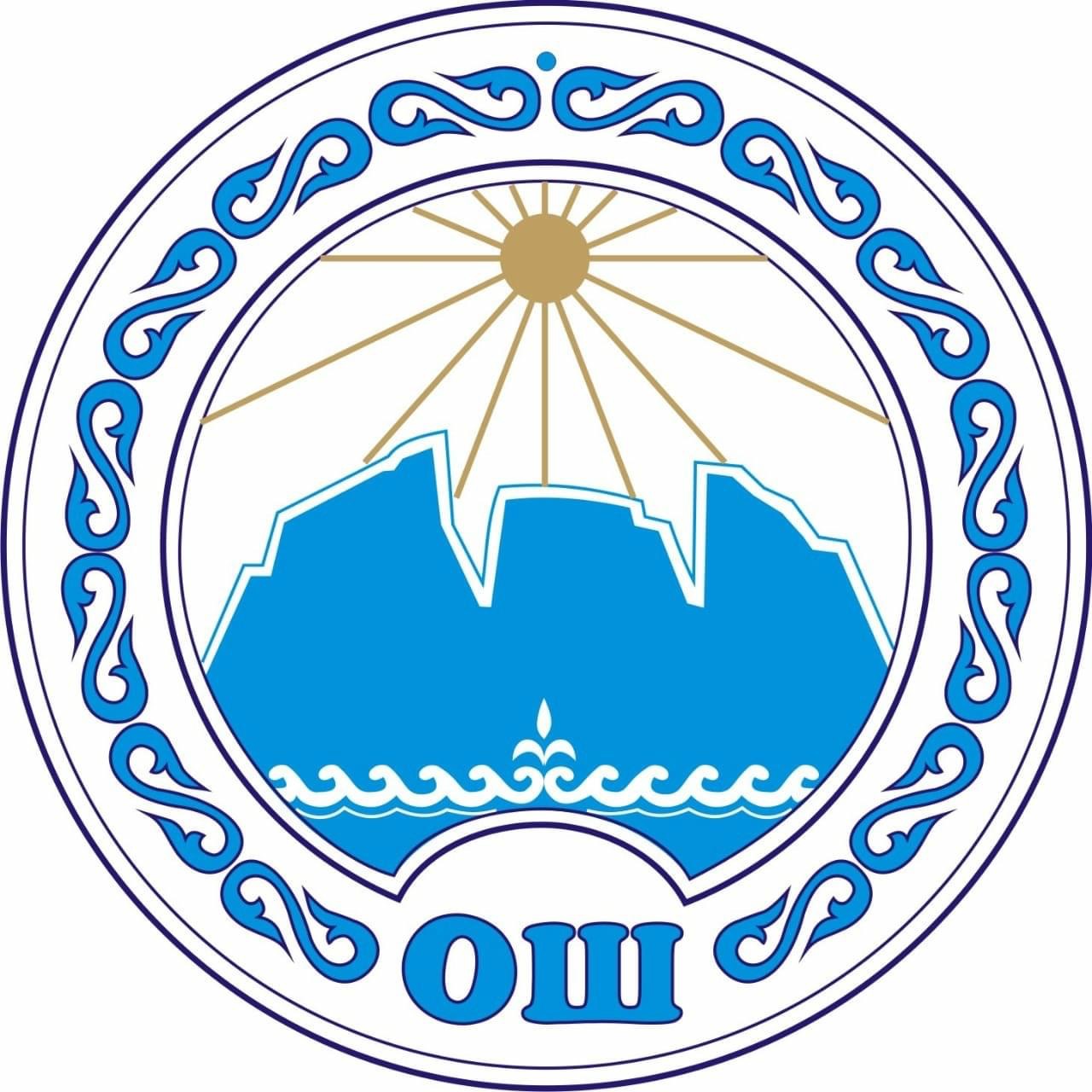Tag: Culture
-
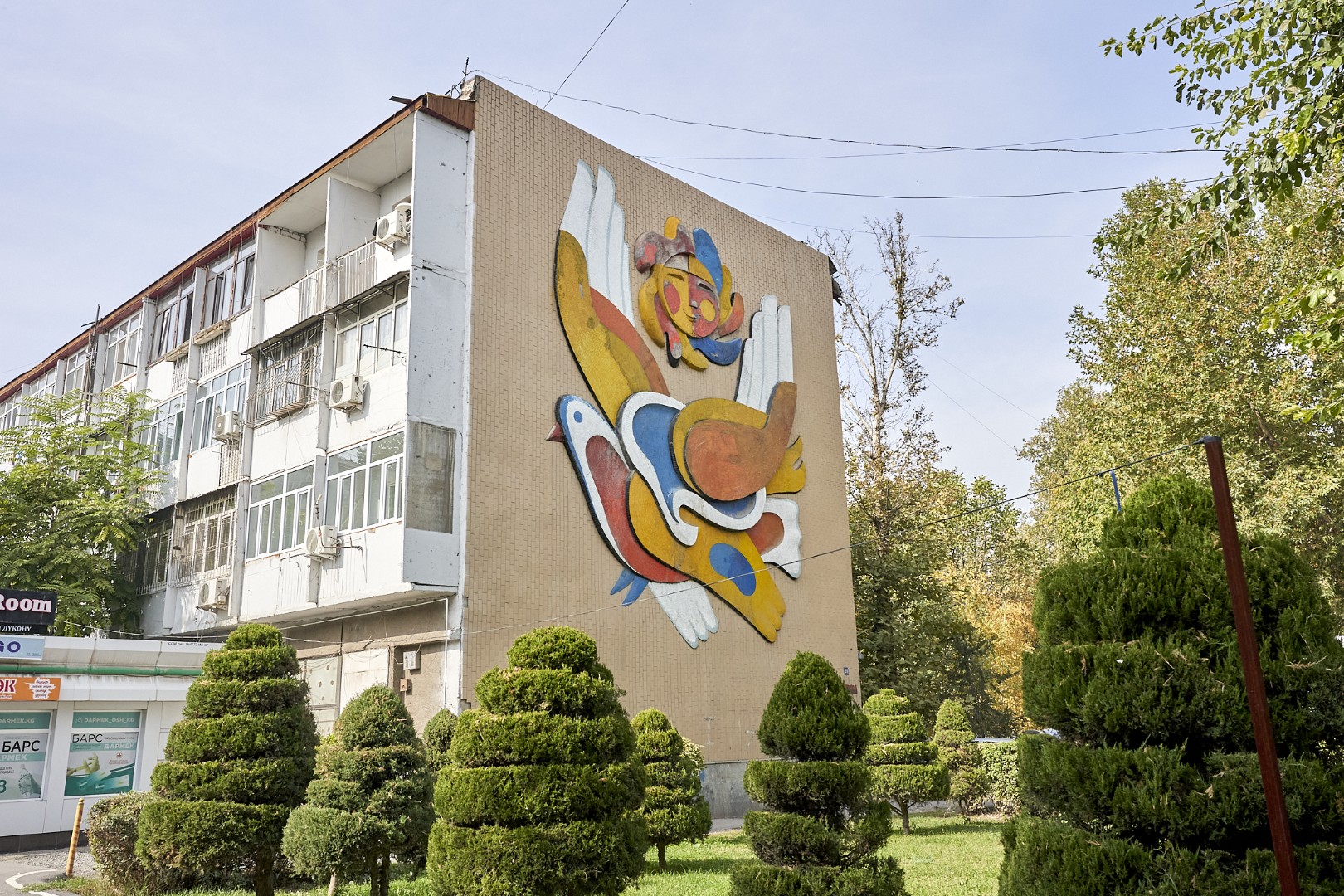
Mosaics as symbols of the era
Monumental mosaics, still preserved on some buildings in Osh, are an instantly-recognizable hallmark of the Soviet period in the history of the city. The first mosaic panels, imbued with the spirit of that time, appeared in Osh in the 1960s and 1970s, during the general reconstruction of the city. They varied in subject matter and…
-
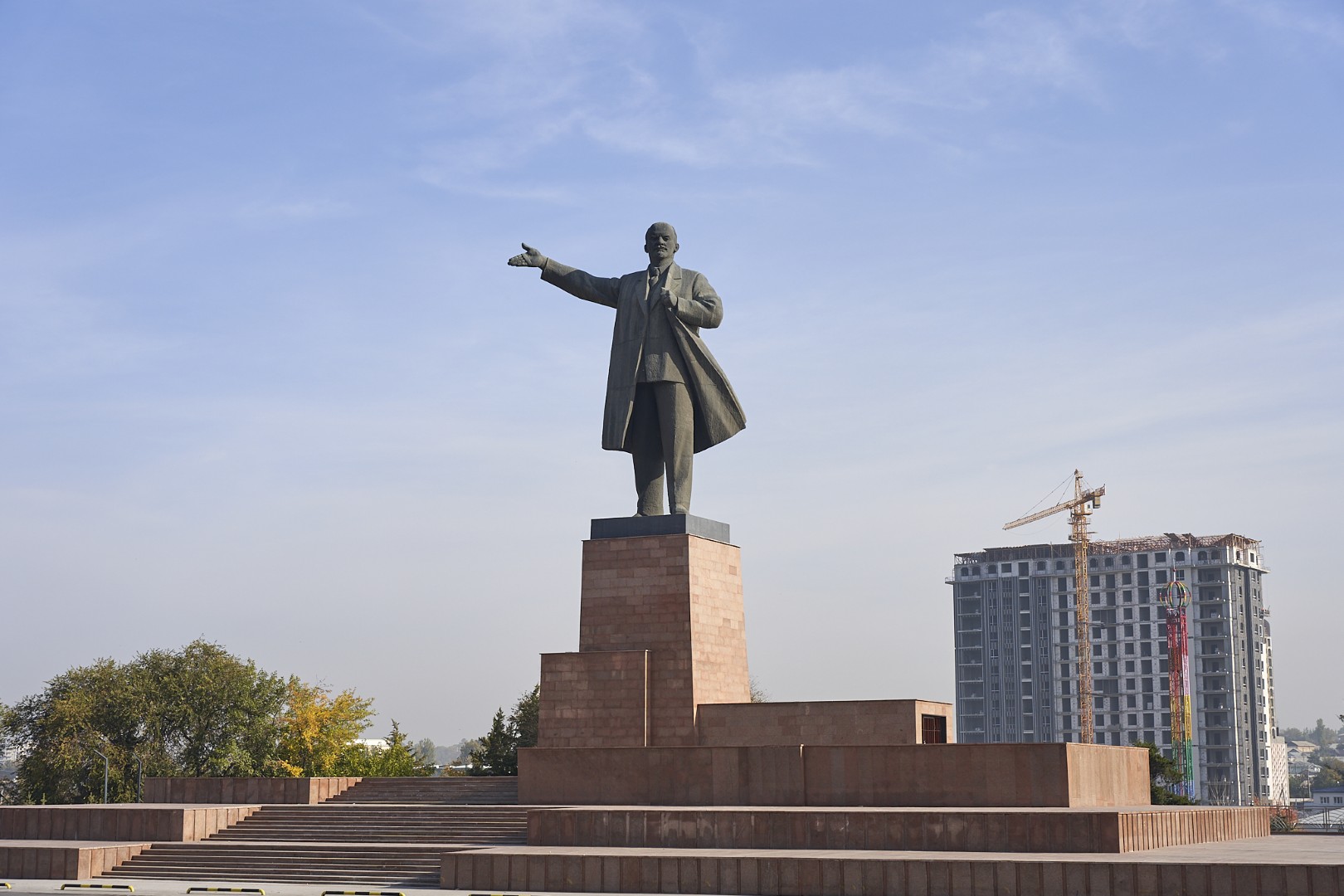
Monuments as symbols of changing eras
An imposing monument to Communist leader Vladimir Lenin, erected in May 1985, still stands in Osh’s central square. The statue itself is 11 metres high and rises on a 12-metre plinth. The originator of the project, Soviet sculptor Nikolai Tomsky, died a year before its opening. He is well-known as the artist behind many of…
-
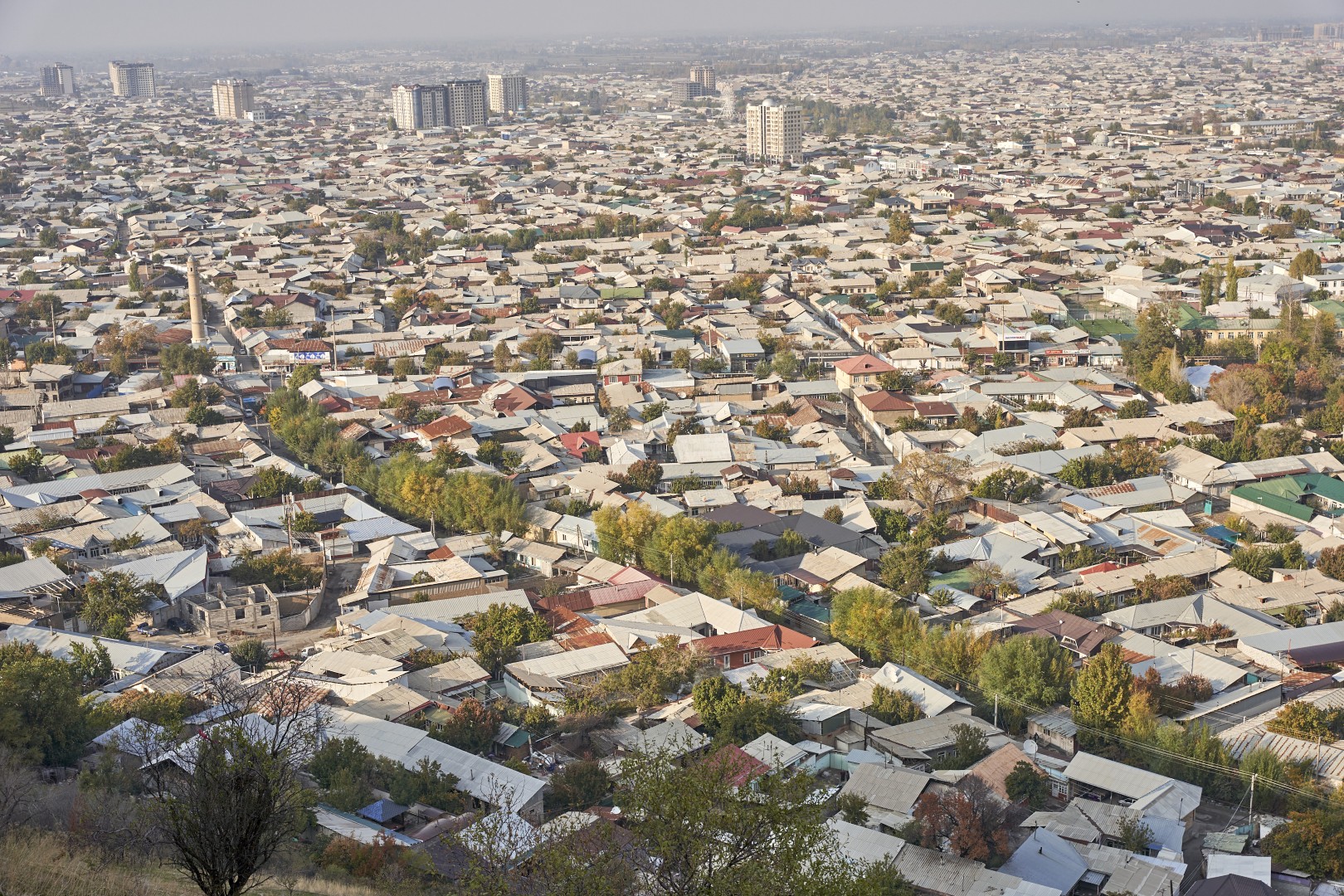
Soviet city near the Alai Mountains
Welcome to Soviet Osh! The current appearance of the city was largely formed during that period. The Second World War delayed the realization of the city’s development projects, planned in the late 1930s. Therefore, the complete general reconstruction of Osh began in 1949.
-
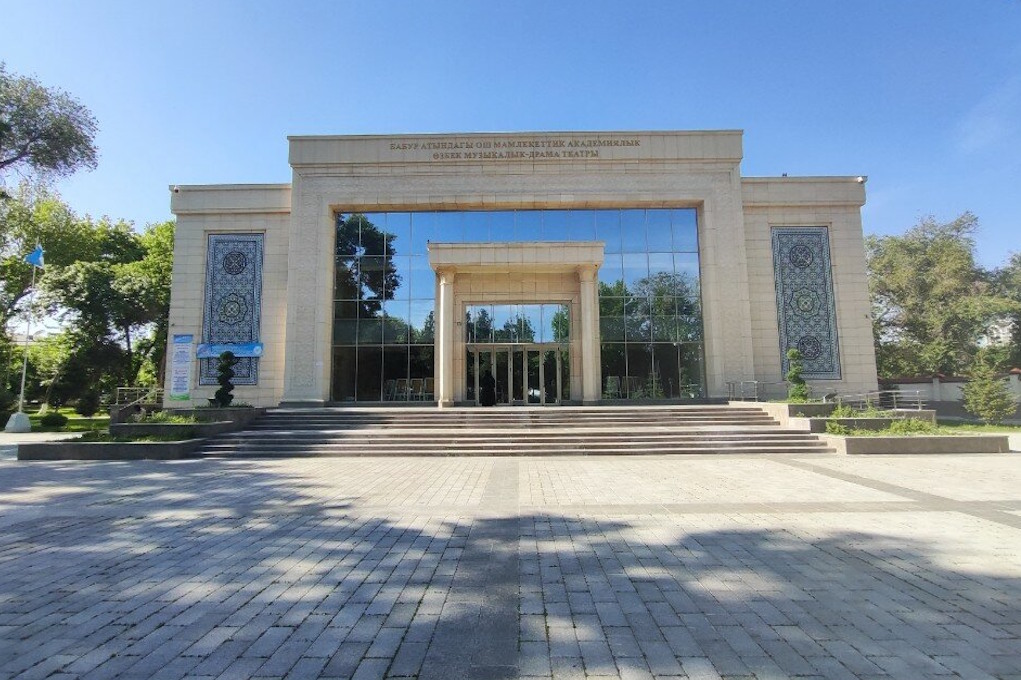
The very first theatre in Kyrgyzstan!
Osh’s theatrical history began in 1877, when local amateur theatres staged the play “Judgment of Men, Not of God” and the vaudeville production “Scandal in a Noble Family.” A drama club was opened in the military assembly of the 4th Turkestan Line Battalion.
-
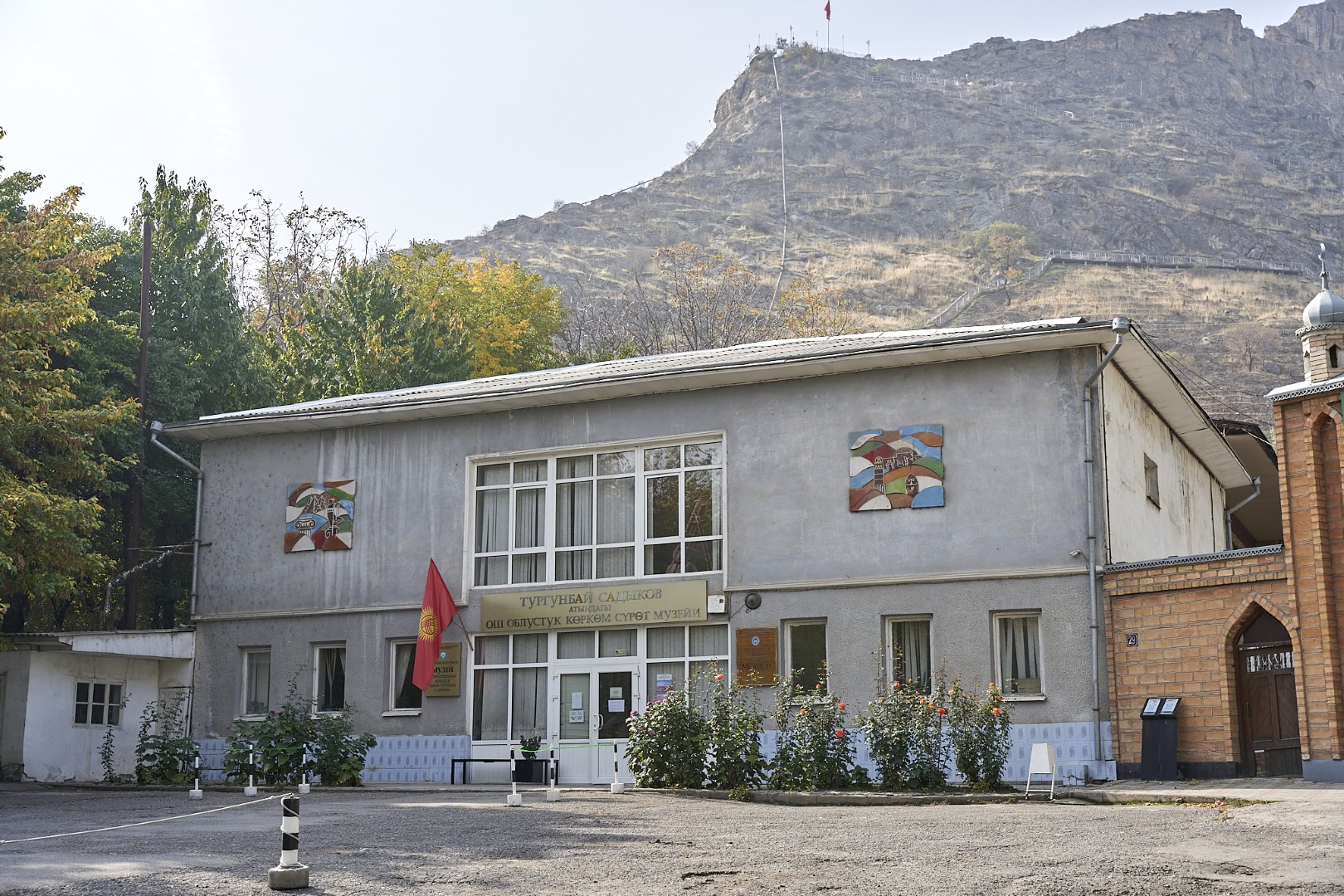
Museum of Fine Arts
The Osh Regional Museum of Fine Arts named after Turgunbai Sadykov is the newest of the local museums. It was opened in 2014 at the initiative of local artists. It is nestled in the historic Artisans’ Quarter, adjoining the 16th century Rabat Abdullah Khan Mosque. The museum is housed in the building of the former…
-

National Drama Theatre
The Osh National Drama Theatre named after Sultan Ibraimov is one of the largest and most famous theatres in Kyrgyzstan. The theatre company was established in 1972, but the artists rehearsed on the stage in the neighboring city of Jalal-Abad for two years, until the Osh theatre building was completed. In 1974, the theatre was…
-
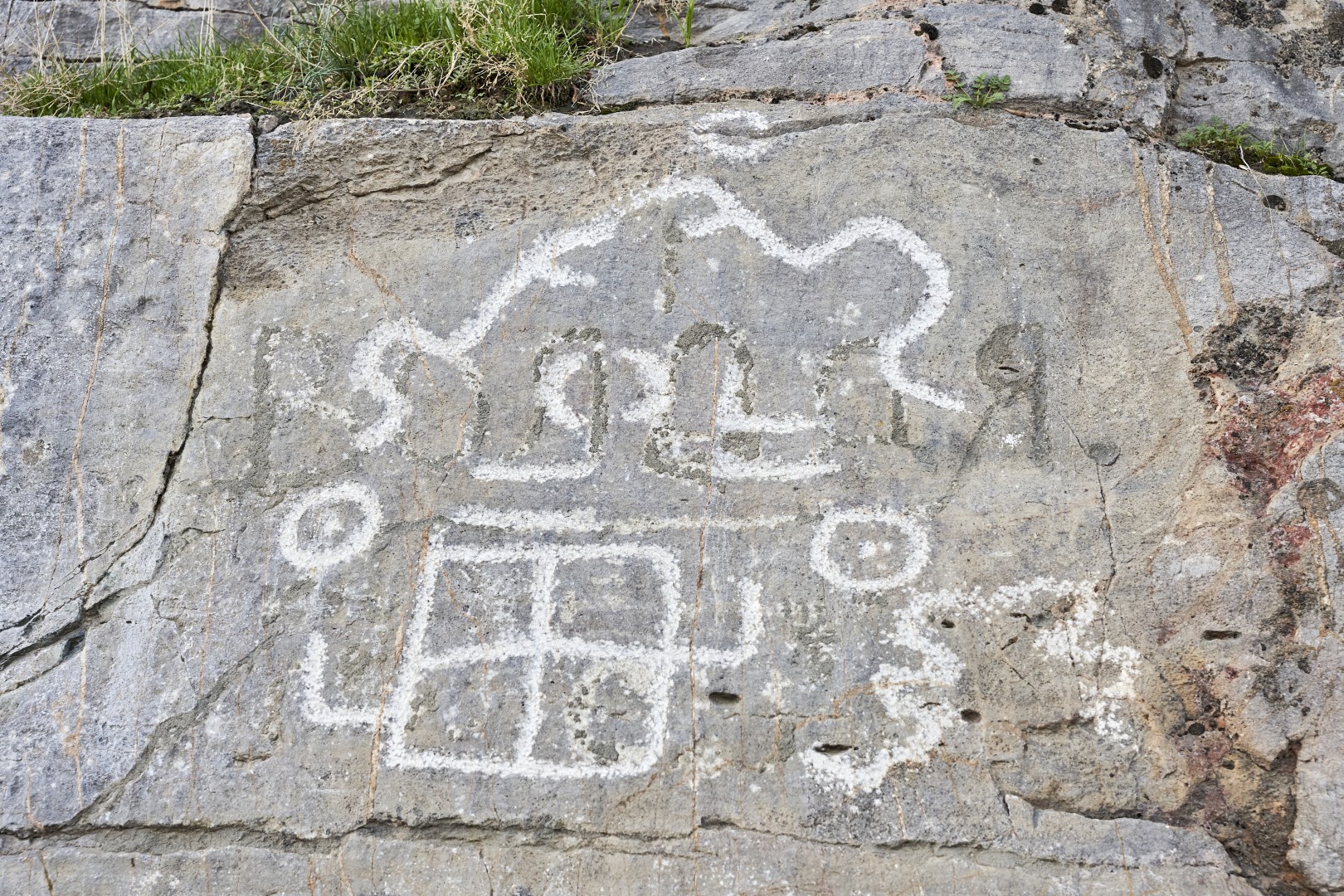
Rock Carvings
Petroglyphs, visual remnants of Osh’s millennia-old history, can be found almost everywhere on Suleiman Mountain. They are most numerous on the southern, eastern, southeastern and southwestern slopes of all five peaks. Some of them are located in accessible areas, others in caves and grottoes. According to a conservative estimate, there are about 400 rock carvings…
-
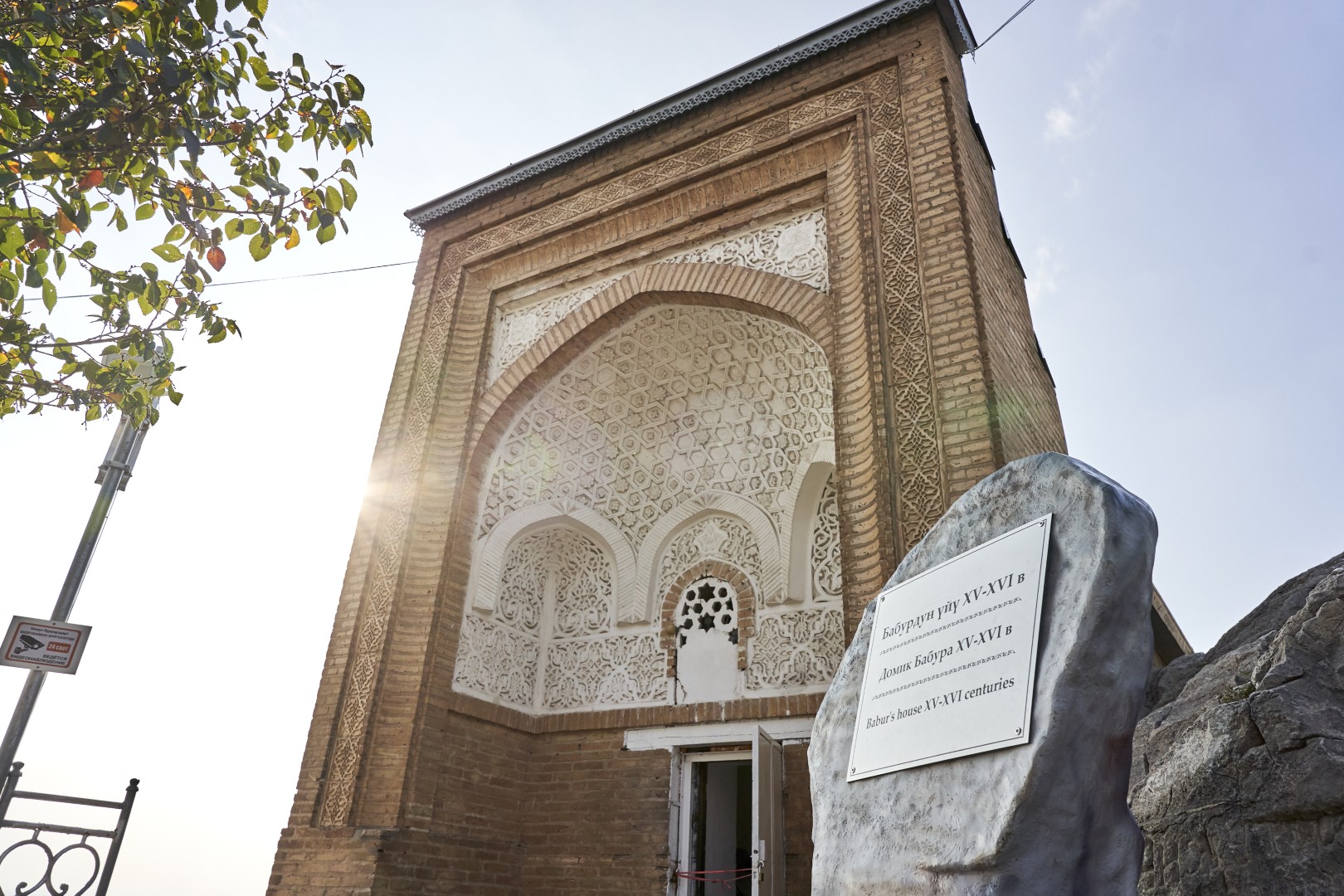
Hujra of Babur, the Founder of the Mughal Empire
The most famous historical monument on Suleiman Mountain is the hujra of Zahīr ud-Dīn Muhammad Babur, the founder of the Mughal Empire in the Hindustan Peninsula. In Islamic tradition, a hujra is a small cell or room in a madrasah where pilgrims prayed and rested.
-
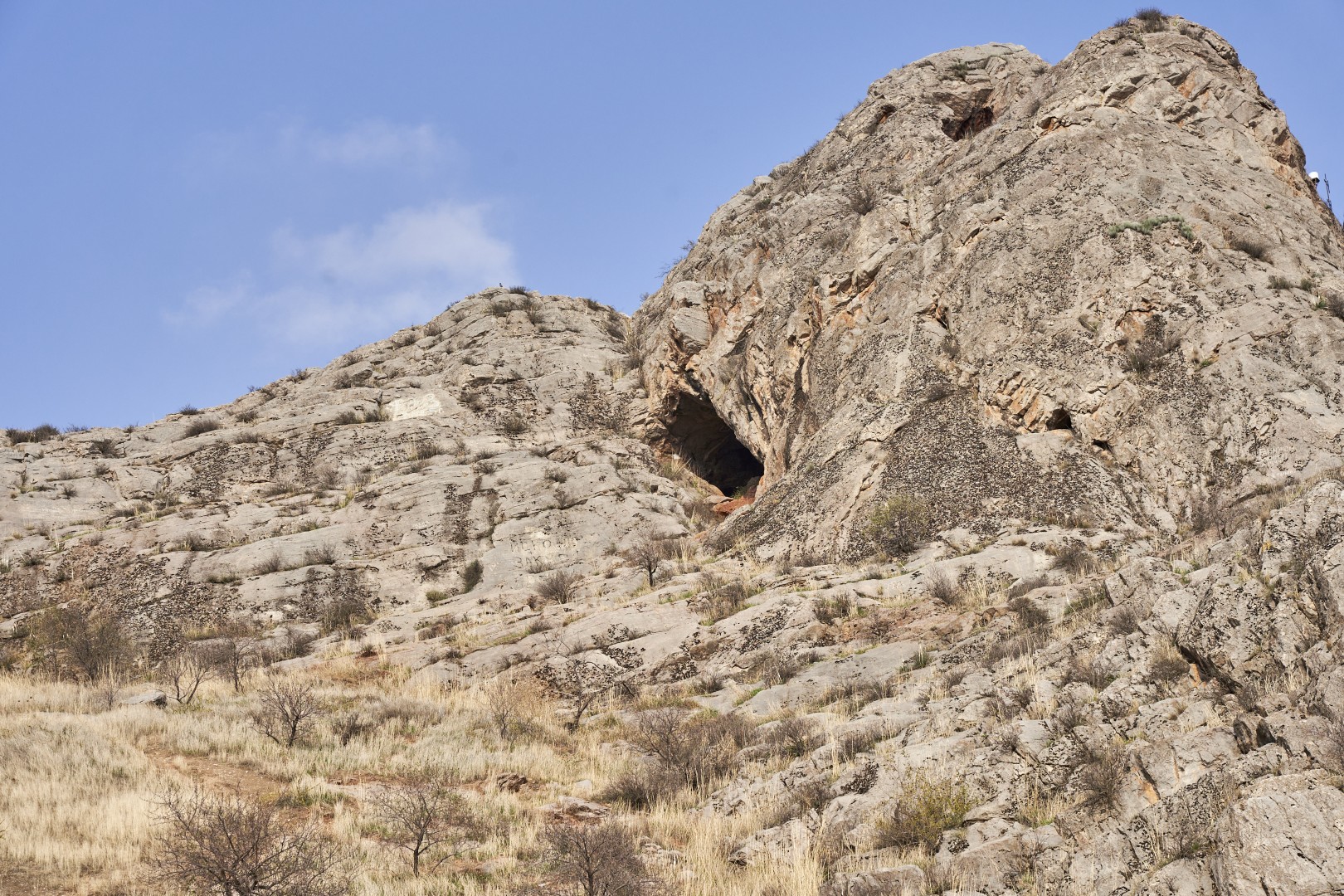
Peaks and Caves of Suleiman Mountain
Suleiman Mountain is a five-headed limestone remnant that measures 1140 meters long by 569 meters wide, located at an altitude of over 1000 meters above sea level in the southeastern part of the Fergana Valley, in the historic center of Osh.
-
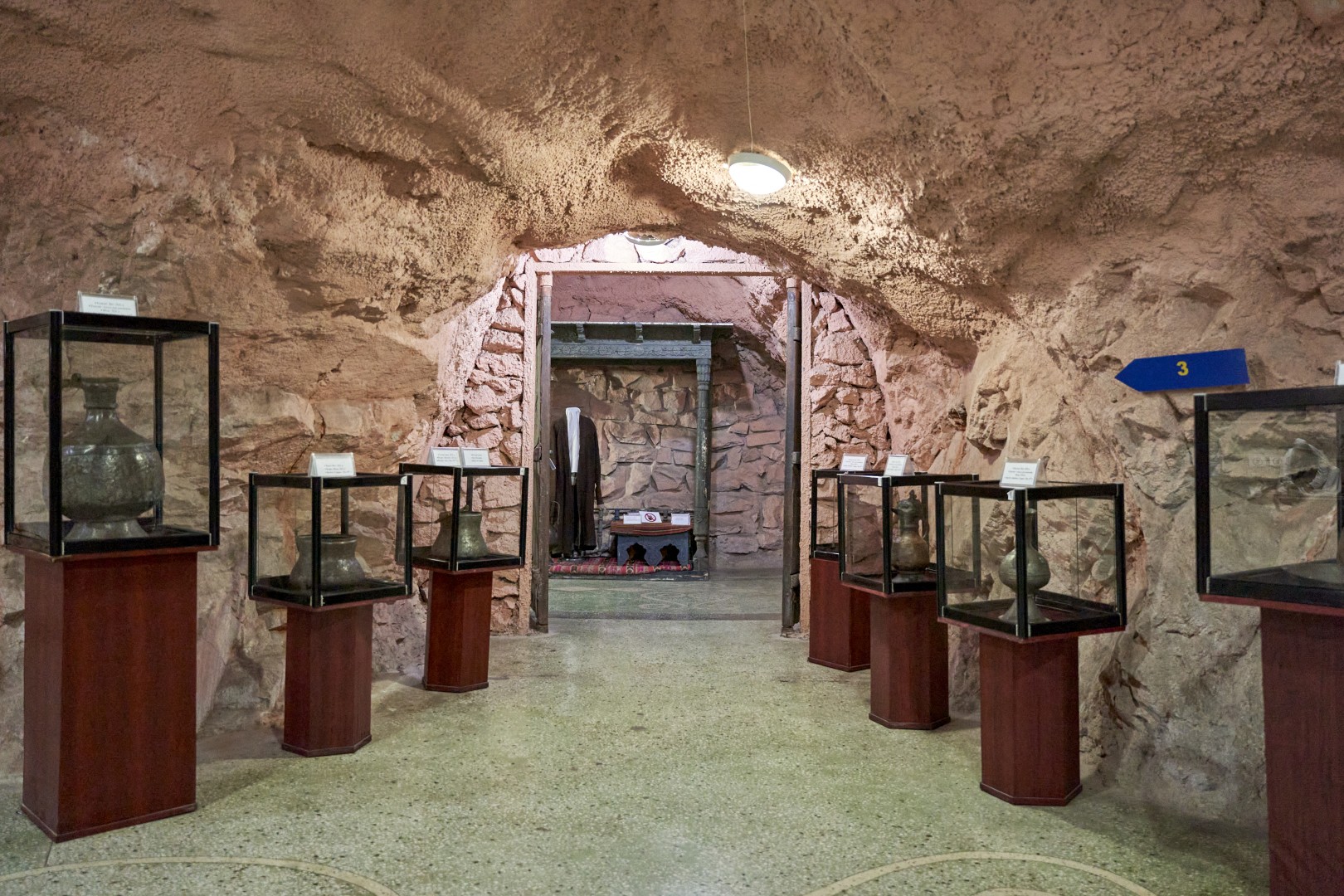
Museum in Rushan Cave
On a hot July day in 1978, the new Historical and Local History Museum of Osh, housed within a winding complex of 13 caves and with an exhibition area of 752 square metres, was opened on Suleiman Mountain!



